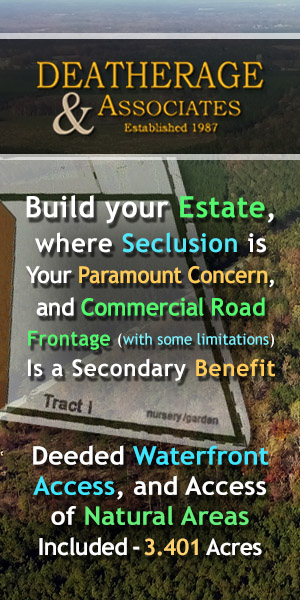Publisher's note: The author of this post is Becki Gray, who is senior vice president for the Carolina Journal, John Hood Publisher.
Protecting our investments means taking care of what we own.
As state taxpayers, we own a lot of stuff - office, school and university buildings, state agencies and department offices, courthouses, prisons, libraries, books ... and lots of land. North Carolina owns 42 parks, a symphony orchestra, a zoo, and seven history and two art museums.
North Carolina has assets worth billions, accumulated over decades. All of this stuff has to be inventoried, assessed, and maintained to retain its value and ensure its use is effective and efficient. As taxpayers, we should expect state government to do the same. Written into state law in 2006, one-fourth of unreserved fund balance remaining in the General Fund at the end of each fiscal year must be deposited into a repairs and renovations fund, which can't be used for new construction or expansion of existing facility. Since 2011, more than $900 million has gone into North Carolina's repairs and renovation fund. Just this year, the General Assembly appropriated $120 million for repairs and renovations to state and university buildings and $5 million for infrastructure improvements to the N.C. Zoo.
The State Property Office acts as a real estate agent in organizing and selling hundreds of pieces of real property. State surplus property - from office furniture and refrigerators - is sold and auctioned off. Rather than sitting on assets for years, losing track of its value or why the state even owns them, managing assets includes getting rid of what is no longer a good value.
The Motor Fleet Management Department of the Department of Administration manages some 7,300 vehicles, but in the past has been unable to say definitively just how many cars the state owns. As taxpayers, we should insist on protections of assets we own. In this year's budget, $2 million was appropriated to the N.C. Museum of Art, in part to enhance its security system.
A good example of why assets need to be inventoried, evaluated and protected can be found in a 2007 report,
"An Assessment of the Ten University of North Carolina System Museums with Art Collections." Roger Berkowitz, director emeritus, Toledo Museum of Art, and Jeff Pettus, visual arts director,
N.C. Arts Council, visited the museums and conducted an analysis of what each museum owned. They reviewed and assessed collections, reviewed the programs, and identified unaddressed resource needs.
The report reveals several things. While some museums were appropriately supported by their universities and individuals, others weren't. The collections without support were deemed at risk. The report concludes,
"The State and the UNC system have important responsibilities to protect the assets of their collections through their maintenance and improvement of environmental conservation, security, storage and facility conditions."
They also learned there was little coordination between the directors of the museums, missing opportunities to share best management practices, allocation of resources and risk management and disaster planning information. There are opportunities to partner with local education agencies to bring K-12 students into the museums to see original works of art, offer higher education courses in gallery management, arts administration, and museum practice and internship programs for students in art history, chemistry, finance, design, education and art therapy.
The report offered several recommendations to state government to protect the assets found in the collections of the university museums. All of the museums would benefit from conservation assessments and having an expert review the contents of the collection, a "judicious deaccessioning" and cleaning out storage facilities. Each museum should be encouraged to focus on the strength of their collection so each can be recognized as the expert in that particular area. Security systems should be reviewed and updated to protect the art work from damage or theft. As online learning becomes more available across the state, more of the collections should be put online, and museums should evaluate and share collections management software for harmony in collection information sharing.
The picture is clear. It's what we should expect across state government.

























